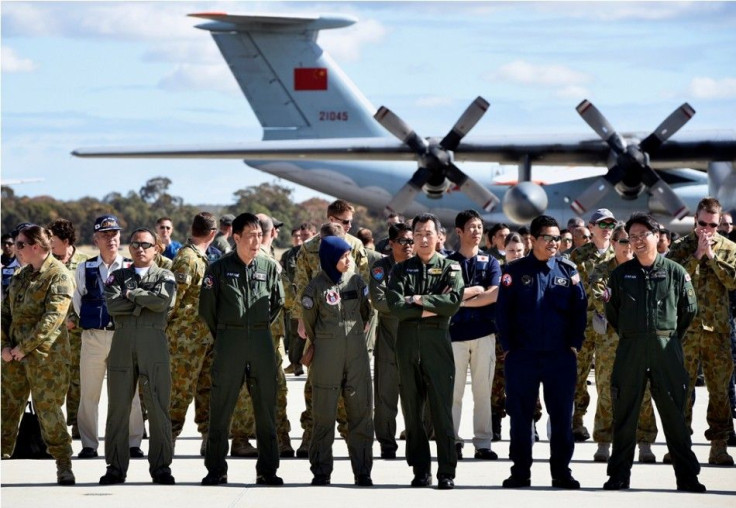MH 370 Search In Ocean To Intensify With Hi Tech Ships Joining The Plane Hunt From October

Come on October, the search for the missing Malaysia Airlines Flight MH370 will become more sophisticated with two specialist ships joining the underwater search of the missing plane. The ships--Fugro Discovery and the GO Phoenix will join with sonar and submersibles capabilities to scan 16,000 feet deep of the section in "the 7th arc," where the Boeing 777 is believed to crashed after running out of fuel.
High Probability
The location was earmarked on the basis of the jet's final satellite communication and the projected descent. The particular area is several hundred miles off Western Australia. Meanwhile, the Australian Transport Safety Bureau asserted that available information points to MH370 will be traceable in close proximity to the arc. The agency also claimed that the aircraft will not be more than 20 NM to the west or 30 NM to the east of the arc, reports USA Today.
The ATSB said last September 24 that further refinement of communications and flight data from MH370 would be used to determine the first areas to be scoured by the new ships that may extend south" of the previous priority zone.
Sonar Expert
To buttress the efforts, the team has hired a sonar specialist having experience in recovering Air France AF447 from the Atlantic Ocean in 2009, reported AFP. It was last March 8, MH370 disappeared in route to Beijing from Kaula Lampur with 239 people onboard. So far there is no trace of the Boeing despite conducting many massive searches.
The new search is based on technical data and diverted the hunt to southern Indian Ocean along the long arc from which the plane emitted the last satellite signal. For more precision, three-dimensional maps of the Ocean floor were prepared to focus effectively on a 350-nautical-mile-long stretch of seabed. Since the 3-D maps failed to reveal much of the airliner or parts of the jet on the ocean floor, it is hoped that the new topographical data by the sophisticated equipment make the search fool proof.
With the seafloor mapping already done, the Netherlands-owned Fugro Equator will also be returning to search area and begin the latest hunt in the coming days. Peter Foley, the Australian official coordinating the search, said he was "cautiously optimistic" that the jet would be found this time, despite many difficulties.





















